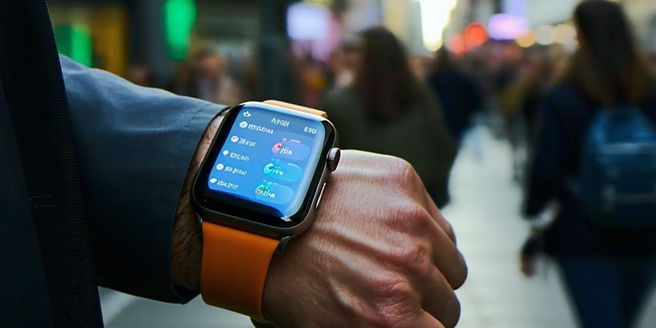Smart Wearables

Understanding the Evolution of Wearable Technology
From humble beginnings like pedometers and simple fitness trackers, wearable technology has transformed tremendously over the years. Today, smart wearables encompass a range of devices, including smartwatches, fitness bands, and health monitoring gadgets. These devices have evolved to integrate advanced sensors and connectivity options, allowing users to seamlessly track various health metrics and stay connected. Moreover, the integration of artificial intelligence into these wearables is enhancing their functionality and personalization. The versatility of these devices has made them an integral part of modern lifestyles. The advances in miniaturization, battery technology, and sensor accuracy have played significant roles in this evolution. With continuous innovation, wearable technology is anticipated to further integrate into daily life, pushing the boundaries of personal health management and connectivity.
Key Features of Modern Smart Wearables
Modern smart wearables come equipped with an array of features that cater to a wide audience. From heart rate monitoring and step counting to sleep analysis and GPS tracking, these devices have become indispensable tools for health enthusiasts. Recent advancements in technology have further enhanced their accuracy and efficiency. They have revolutionized the way we monitor our health and stay connected. Furthermore, smart wearables offer seamless connectivity with smartphones, allowing users to receive notifications, control music, and even make calls directly from their wrists. With the addition of features such as water resistance, customizable watch faces, and extended battery life, these devices not only serve functional purposes but also cater to aesthetic preferences, making them versatile companions in our fast-paced lives.
Benefits of Using Smart Wearables in Daily Life
Smart wearables offer numerous benefits, enhancing various aspects of daily life. One of the primary advantages is the ability to track health metrics in real-time, providing users with valuable insights into their physical wellbeing. This innovative technology is rapidly evolving, with newer models offering even more advanced functionalities. This continuous monitoring can assist in encouraging healthier lifestyle choices and routine adjustments. Additionally, the convenience of having essential notifications and functionalities on one’s wrist promotes better time management and reduces the need to constantly check smartphones. Personalized data analysis helps in setting and achieving fitness goals, while location and navigation features add efficiency to daily routines, ultimately contributing to an improved quality of life.
Challenges and Limitations of Current Wearables
Despite their popularity, current wearables face several challenges and limitations that hinder their full potential. Battery life remains a significant concern, as frequent charging is often necessary, reducing the convenience and usability of these devices. Sensor accuracy can also vary, which might lead to discrepancies in data tracking and analysis. Privacy concerns are prominent, given that wearables collect a wealth of personal data, requiring robust security measures to protect sensitive information. The integration of artificial intelligence could potentially address some of these issues, enhancing the overall user experience. Additionally, the dependence on a smartphone for full functionality can limit utility for some users. Overcoming these challenges is crucial for the next wave of wearable technology innovation.
The Future of Smart Wearables: Trends to Watch
The future of smart wearables holds exciting potential as technology continues to advance. One trend to watch is the integration of artificial intelligence, which can enhance data accuracy and provide deeper insights through advanced analytics. With rising concerns over data privacy, ensuring secure handling of user data will be paramount for maintaining consumer trust. Wearables may also become more independent from smartphones, enabling standalone functionality. Furthermore, innovations in materials and design could lead to more comfortable and stylish wearables that seamlessly integrate into everyday attire. As health care becomes increasingly digital, wearables could play a pivotal role in remote patient monitoring and chronic disease management, redefining how personal health is managed in the digital era.